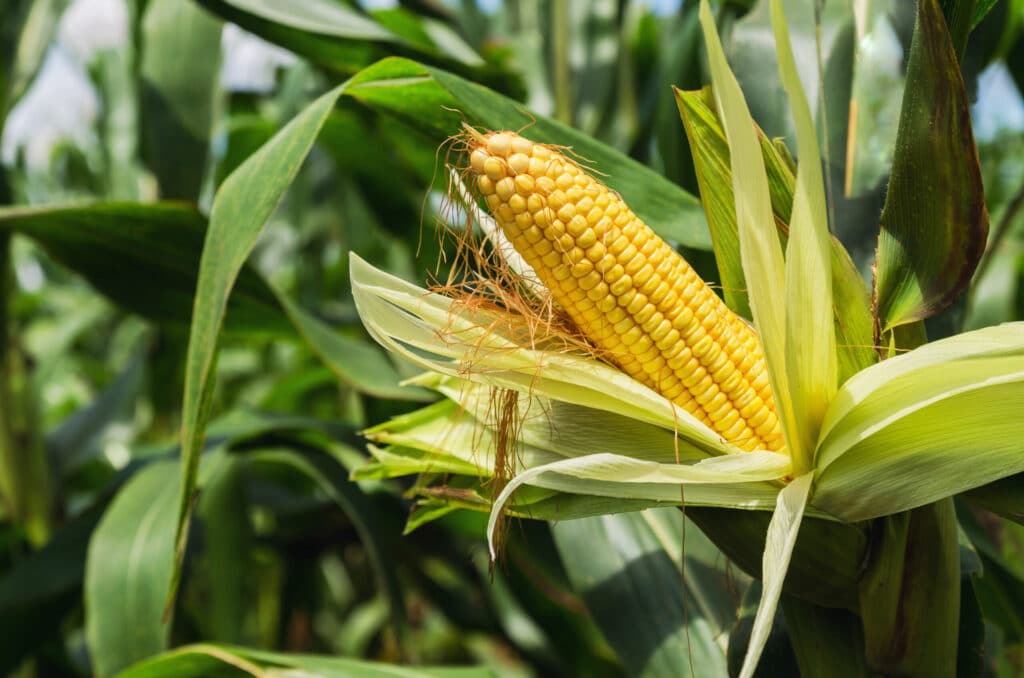Bio stimulants are natural substances and microorganisms that enhance plant growth, improve nutrient absorption, and increase resistance to stress. Unlike fertilizers or pesticides, they act as growth promoters, making them a key tool in sustainable agriculture.
Introduction
Farmers worldwide face challenges like unpredictable weather, declining soil health, and increasing demand for high-yield crops. While fertilizers supply essential nutrients and pesticides control pests, there’s still a need for natural growth enhancers that help plants withstand stress and perform at their best.
This is where bio stimulants come in. Unlike fertilizers that supply nutrients directly, bio stimulants work by stimulating natural plant processes—improving nutrient uptake, enhancing photosynthesis, and building tolerance against drought, salinity, and diseases. They do not replace fertilizers or pesticides but complement them, making plants healthier and more productive.
As agriculture shifts toward sustainability, bio stimulants are gaining global recognition for their ability to improve yield quality and quantity naturally.
What Are Bio Stimulants?
Bio stimulants are substances or microorganisms that promote plant growth by stimulating natural processes. They don’t directly provide nutrients or act as pesticides but instead boost the plant’s efficiency in using nutrients and adapting to stress.
Key characteristics of bio stimulants:
Enhance nutrient uptake and utilization.
Improve root growth and plant metabolism.
Increase resistance to abiotic stress (drought, salinity, heat).
Improve soil microflora and fertility.
Types of Bio Stimulants
Humic and Fulvic Acids
Derived from decomposed organic matter.
Improve soil structure, root penetration, and nutrient absorption.
Seaweed Extracts
Rich in natural hormones like cytokinins and auxins.
Promote root and shoot growth and improve stress tolerance.
Amino Acids and Protein Hydrolysates
Boost enzyme activity and chlorophyll production.
Enhance flowering, fruit setting, and overall yield.
Microbial Bio Stimulants
Beneficial bacteria and fungi like Trichoderma and PGPR (Plant Growth-Promoting Rhizobacteria).
Enhance soil fertility, root health, and disease resistance.
Chitosan and Other Natural Compounds
Derived from natural sources (e.g., shellfish waste).
Improve plant immunity and act as natural growth enhancers.
How Do Bio Stimulants Work?
Improved Nutrient Uptake
They help plants absorb nutrients more efficiently, reducing fertilizer wastage.
Enhanced Photosynthesis
Increase chlorophyll content, leading to better energy production and growth.
Stress Resistance
Help plants survive drought, salinity, and extreme weather by strengthening natural defense systems.
Root Development
Stimulate longer and stronger roots, improving water and nutrient absorption.
Soil Microbial Health
Encourage beneficial microbes that improve soil fertility and plant resilience.
Benefits of Using Bio Stimulants
Increased Yield and Quality
Better root systems, healthier plants, and more resilient crops mean higher productivity.
Stress Tolerance
Crops can withstand harsh conditions without losing yield potential.
Reduced Chemical Dependency
With better nutrient efficiency, farmers can reduce chemical fertilizer usage.
Sustainable Agriculture
Improve soil health and reduce environmental damage.
Higher Profitability
Farmers can save money on inputs while producing high-quality crops that fetch better market prices.
Supports Organic Farming
Many bio stimulants are natural and approved for organic cultivation.
Applications of Bio Stimulants in Agriculture
Seed Treatment
Coating seeds with bio stimulants ensures strong germination and early root development.
Soil Application
Adding bio stimulants to soil improves microbial activity and nutrient efficiency.
Foliar Spray
Spraying bio stimulants on leaves promotes quick absorption and growth stimulation.
Fertigation
Bio stimulants applied through irrigation systems reach roots directly, enhancing absorption.
Bio Stimulants vs. Fertilizers vs. Pesticides
Fertilizers provide nutrients directly.
Pesticides protect plants from pests and diseases.
Bio Stimulants enhance plant processes, helping them use nutrients better and resist stress.
In simple terms: Fertilizers feed the plant, pesticides protect it, and bio stimulants strengthen it.
Challenges in Adopting Bio Stimulants
Awareness and Education – Many farmers still confuse bio stimulants with fertilizers or pesticides.
Standardization Issues – Market products vary in quality and effectiveness.
Cost and Perception – Some bio stimulants may seem costly compared to traditional inputs.
Climate Sensitivity – Effectiveness may vary with soil and environmental conditions.
Future of Bio Stimulants
The bio stimulant market is one of the fastest-growing segments in agriculture, expected to grow significantly as more countries push for organic farming and eco-friendly practices.
Future trends include:
Advanced formulations combining bio stimulants with fertilizers.
Microbial innovations for stress tolerance and disease resistance.
Government support for reducing chemical usage.
As consumers demand chemical-free, organic produce, bio stimulants will play a critical role in helping farmers meet this demand sustainably.
Conclusion
Bio stimulants are more than just agricultural inputs—they are plant performance enhancers. By improving nutrient efficiency, boosting root growth, and enhancing resistance to stress, they help farmers achieve higher yields while protecting the environment.
In today’s world, where sustainability and food security are crucial, bio stimulants are not just an option—they are a necessity. For farmers aiming to balance productivity with eco-friendly practices, bio stimulants are the future of smart, sustainable agriculture.





